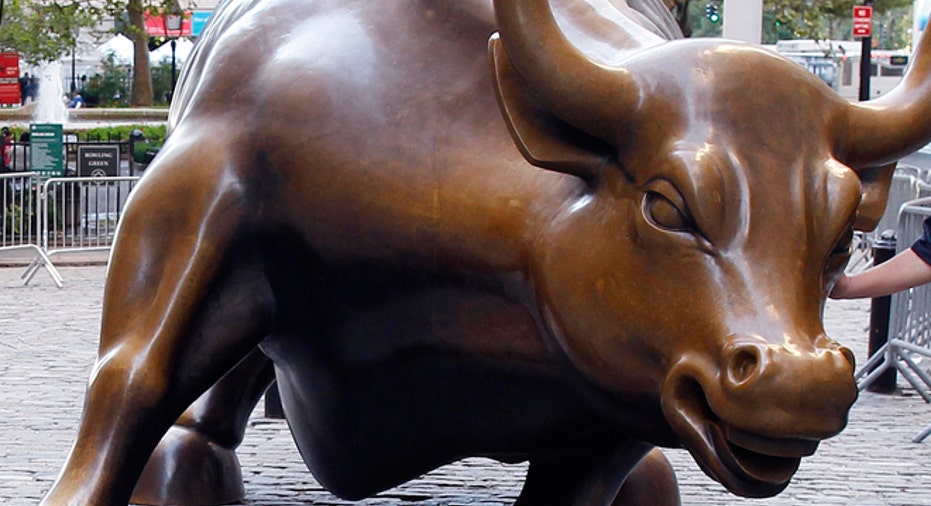Stocks May Continue to Topple Records as Bull Run Ages, History Shows

The year is barely half over, but the S&P 500 has already notched 23 fresh all-time highs, prompting some to wonder how much more juice this four-year-old bull run has remaining.
But an analysis from S&P Capital IQ shows that among all bull markets since 1949, the current bull market actually has the third fewest number of new highs and its percentage of all-time high days is far below the average.
For the market to equal just the average number of record highs for all 11 bull markets over that span, it would need an additional 2-1/2 times the number already seen.
While Capital IQ’s Sam Stovall warns a pullback of at least 5% is likely in the short term, he said history suggests “this bull market isn’t likely to roll over and die any time soon.”
The latest uptrend on Wall Street has been sparked by soothing words from Ben Bernanke about when the Federal Reserve will begin to slow its $85 billion of monthly bond purchases.
Concerns that the central bank would yank the easy-money punch bowl too soon sparked a pullback in May and June, but Bernanke and other Fed officials walked back earlier comments, driving the S&P 500 up more than 7% since slipping to 1573 on June 24.
“I think the market is beginning to understand our message, and the volatility has obviously moderated,” Bernanke said in prepared remarks on Capitol Hill last week.
But how much more room do stocks have to run?
After bottoming out at 666 in March 2009, the S&P 500 has surged more than 150% and finally reached uncharted territory in March of this year. Including Monday’s slight gains, the broad index has secured 23 record closes this year.
“Floor types, natural cynics that they are, are wondering if the series of successes may be running out of steam,” Art Cashin, director of NYSE floor operations at UBS (NYSE:UBS), wrote in a note, pointing to “unusually tight” daily market moves of less than 0.5%.
“The key averages seem to be coming down with a case of ‘round numberitis’” he said, alluding to the 1700 level on the S&P 500 and Dow 15600. “There's a lot of pressure building here. Keep your eye on the check engine light.”
While Monday marked the S&P 500’s 23rd all-time closing high this year alone, these banner days represent just 2% of all bull-market trading days, compared with the average of 7% during bull markets, according to Capital IQ. The bull runs of 1962-1966 and 1990 to 2000 notched record highs in a whopping 13% of all trading days.
Likewise, the first record high typically occurs 52% of the way through the bull market, Capital IQ said. If the current bull run ends now, it would mean the markets touched record highs more than 90% of the way through the bull market.
“So history would indicate, but not guarantee, that this bull market has many more new-highs to record before finally running out of steam,” Stovall wrote.
It’s still too early to tell whether or not the current uptrend will be considered a “secular” bull or a “cyclical” one.
Secular bull runs last longer, an average of 64 months, according to Stovall. Cyclical bull markets occur within secular bear markets and are characterized by sideways patterns of advances and declines. Stovall said cyclical bulls last an average of 48 months and hit all-time highs 4% of the time.
So far the current run has lasted for 52 months.
Still, none of this means the markets are going to continue to run forever. In fact, another pullback like the one induced by QE jitters earlier this summer may be just around the corner.
After finally breaking even from a bear market, Capital IQ says the S&P 500 tends to eventually suffer a pullback, recover from that pullback and then advance another 4% to 8% before experiencing a deeper tumble. That second retreat tends to range between 10% and 20%.
“It’s step four that has me a bit concerned,” said Stovall.